
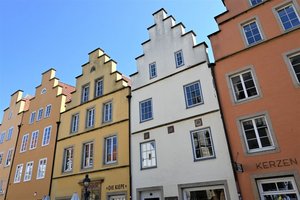
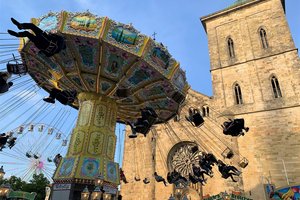

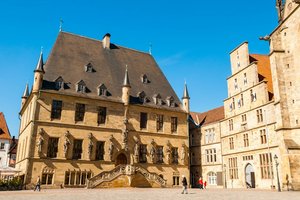

The Piesberg Culture and Landscape Park includes an active quarry, is part of the TERRA.vita Nature and Geopark and brings the historic mining buildings from the industrialization era back to life.
An 8 km long circular trail leads once around the still active quarry with several viewpoints and to the "summit" of the Piesberg.
Culture and Landscape Park Piesberg also has a lower and an upper section, which are connected underground by the Hasestollen, but also via green paths through the Vosslinke.

The Museum of Industrial Culture Osnabrück on the site of a former hard coal mine.

Today, the Hasestollen connects two locations of the Museum of Industrial Culture Osnabrück.

Piesberg colliery station - historic & still in operation

The Stüveschacht is a reminder of past mining .

The light railway transported stones from the nearby quarry with horses - today excursionists.

The small railway on the Piesberg - by no means just for children.
At the Piesberg, quarry operations have created a "geological picture book" that tells of 300 million years of the earth's history: Through the extraordinary combination of rock quarrying and the special tectonic situation at the Piesberg, the earth's historical development comes to light. In addition, 300 million years of earth history can be traced at the fossil station on the way to the rock rib. The oldest rocks in the entire Unesco Geopark TERRAvita can be found at the Piesberg.
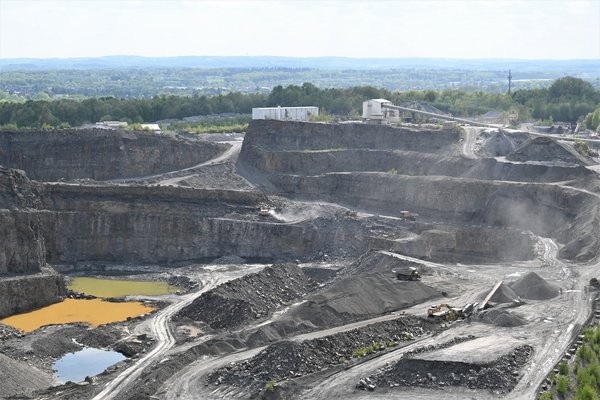
Until 2030, mainly carbon quartzite, quartzitic sandstone will be quarried here. Until the last century, the Piesberg was at times the largest quarry in Central Europe.

In the over 100 meter high rock faces exposed by the extraction of the Piesberg sandstone, the different layers show the natural processes of millions of years.

At a height of 200 metres, a panoramic view over the quarry, Teutoburg Forest & Wiehengebirge.

The Johannissteine are 300 million year old sandstones .
At the Piesberg, digging, blasting and backfilling took place, so that hardly one stone is left on top of another. Today, there are special nature experiences in the culture and landscape park, precisely because people have interfered with nature. Nature has reclaimed the disused facilities: cormorants and eagle owls have moved in, bats feel very much at home in the quiet dark mine tunnels. Other natural monuments lead to the road of megalithic culture or to the arboretum.
You can stop at the Piesberg Gesellschafthaus, where miners and excursionists used to relax.
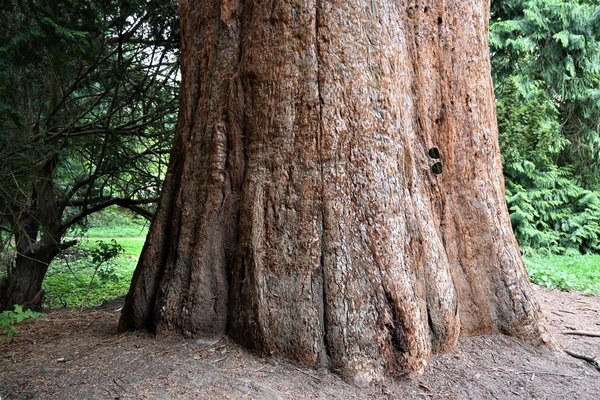
A 150-year-old sequoia tree directly at the Oststieg stairway. An arboretum (from Latin: "arbor"= tree) is a collection of exotic woody plants in a tree park.
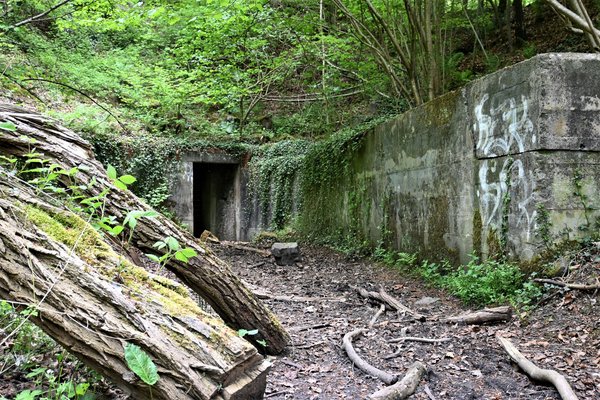
Coal mining created many tunnels that crisscross the Piesberg. Today, they are winter quarters for various species of bats.
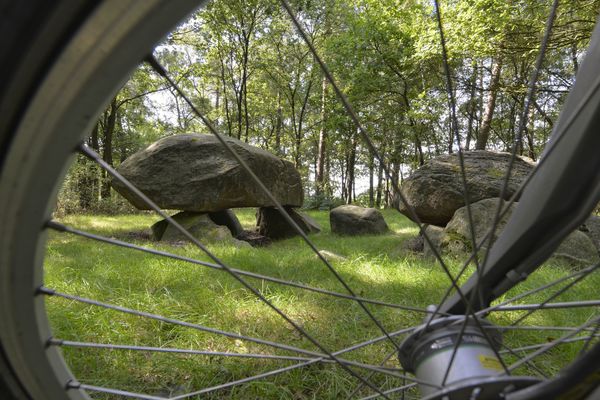
The Karlsteine north of Osnabrück are among the best-known megalithic sites in Lower Saxony.
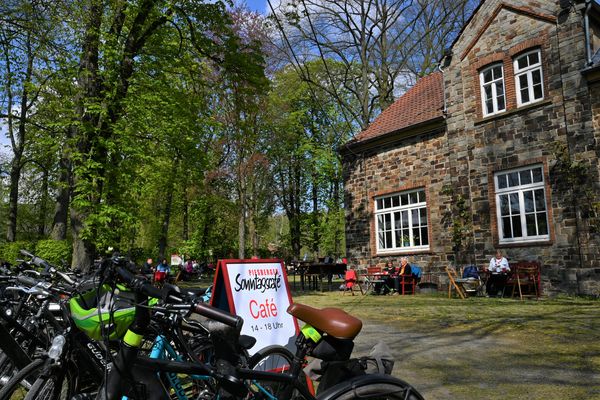
The Piesberg Gesellschaftshaus is a special cultural institution.
Please inquire on the homepages or directly in the respective houses about the current opening and event times, prices, cancellations, etc.. This information can change at short notice!